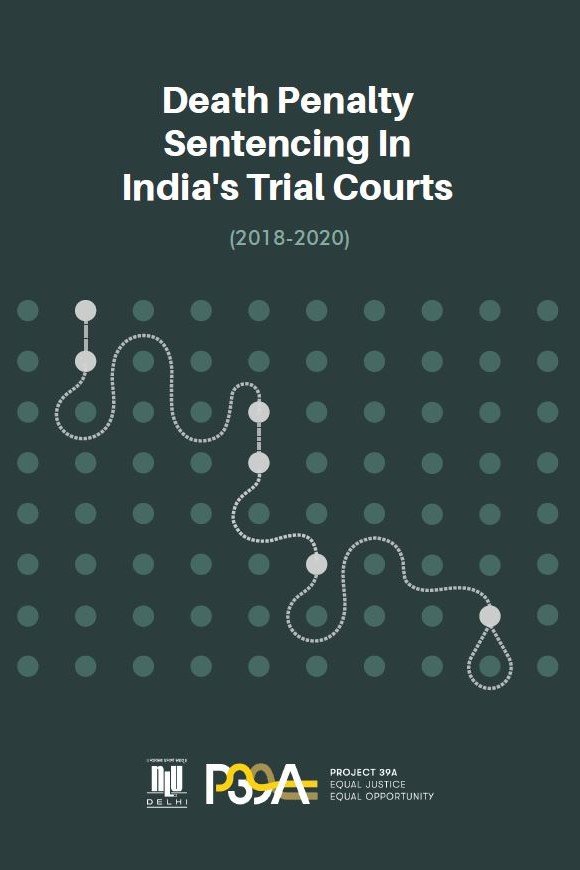Death Penalty Sentencing In India's Trial Courts (2018-2020)
Over the decades, academic work on the death penalty in India has focused on the trajectory of the Bachan Singh framework at the Supreme Court itself and its success (or lack thereof) in reining in the arbitrariness in capital sentencing. On the academic frontier, little attention was given to trial courts as a site of inquiry. On the other hand, the Supreme Court’s own efforts at reform of the capital sentencing framework have focused on trial courts; more particularly, on trial courts’ enforcement of the doctrinal framework imposed from the top. Nevertheless, the crisis continued unabated, with only 5% of death sentences imposed by trial courts being confirmed up the judicial ladder between 2000-2015.
In 2020, Project 39A’s Death Penalty Sentencing in Trial Courts: Delhi, Madhya Pradesh and Maharashtra shifted academic attention to the first forum that confronts the question of life and death - the trial court. Death Penalty Sentencing in India’s Trial Courts (2018-2020) is imagined as its intellectual successor, expanding the frame of inquiry to a wider range of parameters capturing arbitrariness in the imposition of death sentences at the lower court as well as to a pan-India dataset.
The empirical data arising from this analytical switch makes it clear that the crisis of capital sentencing in the trial courts is about much more than the non-enforcement of the Bachan Singh framework. Instead, significant questions emerge about its enforceability itself.
Thus, while non-enforcement of bright-line sentencing procedures was pervasive, it is also clear that even where such procedures were complied with, the kind of sentencing processes these procedures were designed to ensure never really came about. Not even one of the sentences in the dataset was individualised to the unique context of the offence and the offender. Pervasive penological confusion, and distorted approaches to mitigation characterised sentencing judgments across the board, regardless of whether the more bright-line norms were followed. The genesis of these problems were evidently traceable to the doctrinal confusion at the top and the melange of competing frameworks and penological priorities that had fostered there.
This confusion over the framework, its content, and what space the framework leaves for trial court discretion, has effectively mired trial court sentencing in an inescapable arbitrariness. We found that the systems of sentencing that imposed the sentence of death differed, from State to State, from one type of offence to another, and even from one prisoner to another. The findings call for a fresh reckoning with the constitutionality of the mechanism through which the State pronounces persons as deathworthy.

